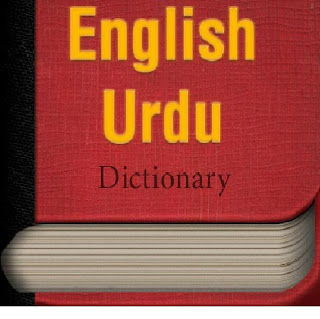English usage is a subject as wide as the English language itself. By far the greater part of usage, however, raises no controversies and poses no problems for native speakers of English, just because it is their natural idiom. But there are certain limited areas --particular sounds, spellings, words, and constructions--about which there arises uncertainty, difficulty, or disagreement. The proper aim of a usage guide is to resolve these problems, rather than describe the whole of current usage. The Oxford Guide to English Usage has this aim. Within the limits just indicated, it offers guidance in as clear, concise, and systematic a manner as possible. In effecting its aims it makes use of five special features, explained below.
1. Layout. In the Guide the subject of usage is divided into four fields: word formation, pronunciation, vocabulary, and grammar. Each field is covered by a separate section of the book, and each of the four sections has its own alphabetical arrangement of entries. Each entry is headed by its title in bold type. All the words that share a particular kind of spelling, sound, or construction can therefore be treated together. This makes for both economy and comprehensiveness of treatment. Note that Pronunciation is in two parts: A deals with the pronunciation of particular letters, or groups of letters, while B is an alphabetical list of words whose pronunciation gives trouble. Easy PDF Copyright © 1998,2003 Visage Software This document was created with FREE version of Easy PDF.Please visit http://www.visagesoft.com for more details
2. Explanation. The explanations given in each entry are intended to be simple and straightforward. Where the subject is inevitably slightly complicated, they begin by setting out familiar facts as a basis from which to untangle the complexities. The explanations take into account the approaches developed by modern linguistic analysis, but employ the traditional terms of grammar as much as possible. (A glossary of all grammatical terms used will be found in FRONT_2. Technical symbols and abbreviations, and the phonetic alphabet, are not used at all.
3. Exemplification. Throughout Vocabulary and Grammar and where appropriate elsewhere, example sentences are given to illustrate the point being discussed. The majority of these are real, rather than invented, examples. Many of them have been drawn from the works of some of the best twentieth-century writers (many equally good writers happen not to have been quoted). Even informal or substandard usage has been illustrated in this way; such examples frequently come from speeches put into the mouths of characters in novels, and hence no censure of the style of the author is implied. The aim is to illustrate the varieties of usage and to display the best, thereby making it more memorable than a mere collection of lapses and solecisms would be able to do.
4. Recommendation. Recommendations are clearly set out. The blob ° is used in the most clear-cut cases where a warning, restriction, or prohibition is stated. The square Ü is occasionally employed where no restriction needs to be enforced. The emphasis of the recommendations is on the degree of acceptability in standard English of a particular use, rather than on a dogmatic distinction of right and wrong. Much that is sometimes condemned as 'bad English' is better regarded as appropriate in informal contexts but inappropriate in formal ones. The appropriateness of usage to context is indicated by the fairly rough categories 'formal' and 'informal', 'standard', 'regional', and 'non-standard', 'jocular', and so on. Some of the ways in which American usage differs from British are pointed out.
5. Reference. Ease of access to the entry sought by the user is a priority of the Guide. The division into four sections, explained above, means that (roughly speaking) only a quarter of the total range of pages need be looked through in order to find a particular entry. Within each section there are many cross-references to other entries; hypertext links are provided for these entries. In addition to the four main sections described at 1 above, the Guide has three appendices: A is an outline of the principles of punctuation; B lists some of the cliches and overworked diction most widely disliked at present; and C gives a brief description of the characteristics of the five major overseas varieties of English. Concise as it is, the Guide may be found by individual users to cover some ground that is already familiar and some that they consider it unnecessary to know about. It is impossible for an entry (especially in the field of grammar) not to include more facts than are strictly part of the question which the entry is designed to answer. Language is a closely woven, seamless fabric, not a set of building blocks or pigeon-holes, capable of independent treatment; hence there are bound to be some redundancies and some overlap between different entries. Moreover, every user has a different degree of knowledge and interest. It is the compiler's hope, however, that all will be instructed and enriched by any incidental gains.
Informations
Total pages: 220
Total Size: 1.53 MB
Format: Pdf
Link: Ziddu.com
To Download this book click on the image link below;









 Real Sex Education - How'd you learn?...by The Fury.
Real Sex Education - How'd you learn?...by The Fury.
























